Honor Award
The Sungei Buloh Wetland Reserve Master Plan
Lim Chu Kang, Northern Singapore
National Parks Board, Singapore
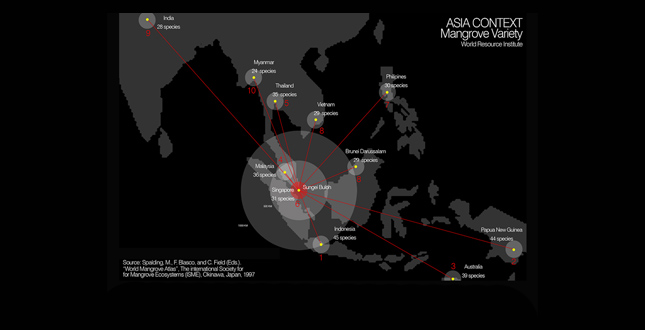 Close Me!
Close Me!Asia Context Mangrove Variety — In 1997, Singapore ranked 6th out of 94 countries for richest number of mangrove species globally by the International Society of Mangrove Ecosystems.
Download Hi-Res ImagePhoto 1 of 15
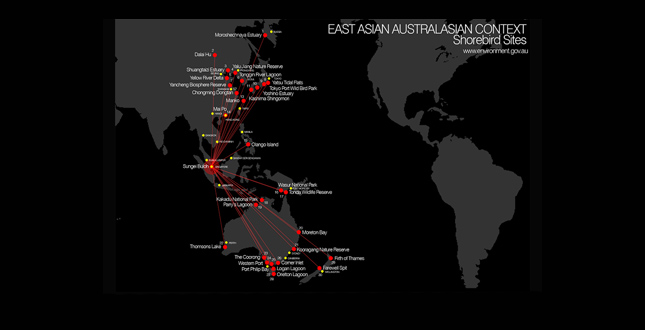 Close Me!
Close Me!East Asian Australasian Context Shorebird Sites — In 2002, Sungei Buloh was recognized as a site of International importance for migratory birds and joined 30 other sites to be part of the East Asian Australasian Shorebird Site Network.
Download Hi-Res ImagePhoto 2 of 15
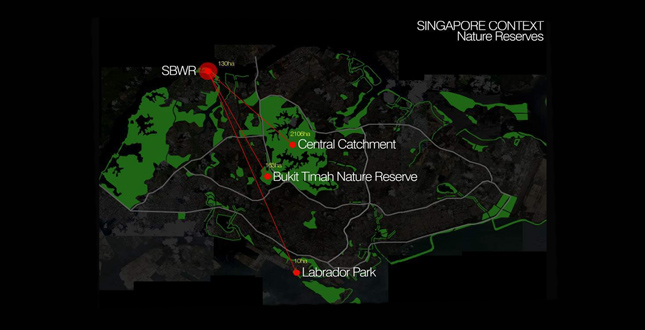 Close Me!
Close Me!Singapore Context Nature Reserves — Sungei Buloh Wetland Reserve is one of four nature reserves in Singapore. It has the potential to be a forefront biodiverse wetland exhibit.
Download Hi-Res ImagePhoto 3 of 15
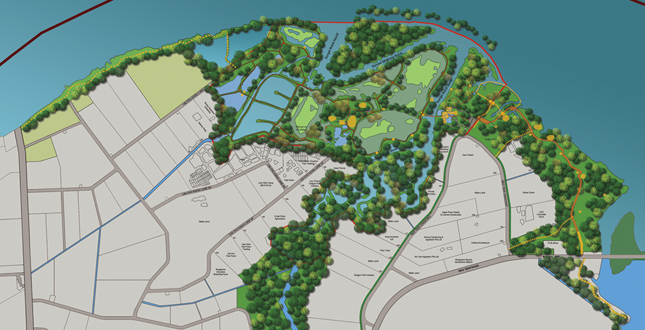 Close Me!
Close Me!Together with key stakeholders and partners, NParks has conceptualized the Sungei Buloh Master Plan to enhance the value of the wetland reserve to the community.
Download Hi-Res ImagePhoto 4 of 15
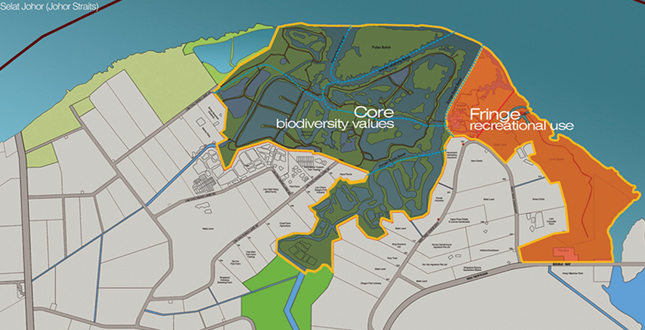 Close Me!
Close Me!The Sungei Buloh Master Plan aims to strengthen the conservation of its biodiversity while allowing more visitors to experience the wonders of a wetland habitat to the community.
Download Hi-Res ImagePhoto 5 of 15
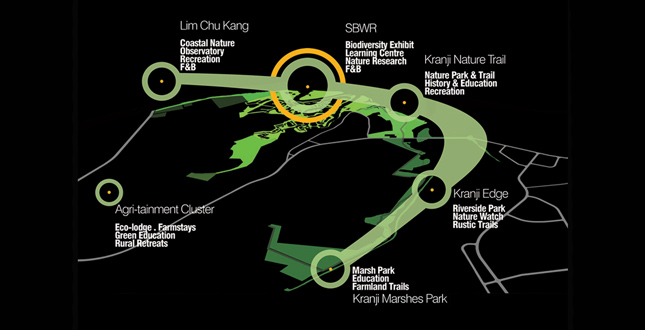 Close Me!
Close Me!The master plan will see the incorporation of existing pockets of nature around Sungei Buloh into a corridor of corridor of complementary habitats and biodiversity.
Download Hi-Res ImagePhoto 6 of 15
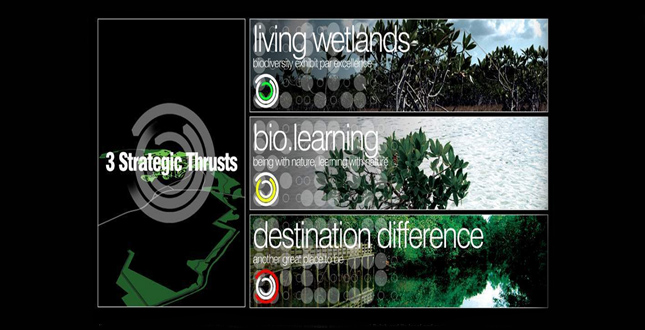 Close Me!
Close Me!When completed, the Master Plan will guide the co-operation and partnership activities between Sungei Buloh and its local and regional partners, under three strategic thrusts: Living Wetlands, Bio-Learning, and Destination Difference.
Download Hi-Res ImagePhoto 7 of 15
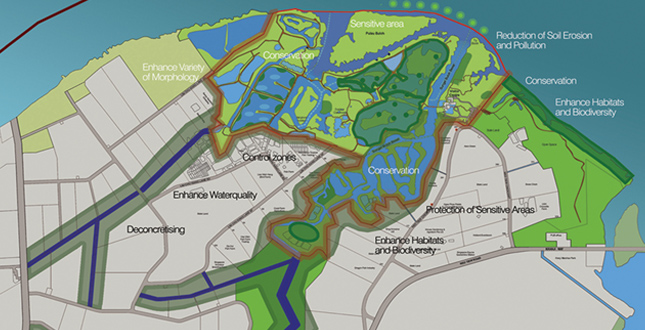 Close Me!
Close Me!The First Strategic Thrust: Living Wetlands — addresses the well-being of the wetland habitat and its wildlife. Protecting and conserving the natural habitats of Sungei Buloh, enhancing the habitat for native wildlife, such as birds, fish, dragonflies and fireflies. Sensitive zoning of human activity areas within the wetland reserve.
Download Hi-Res ImagePhoto 8 of 15
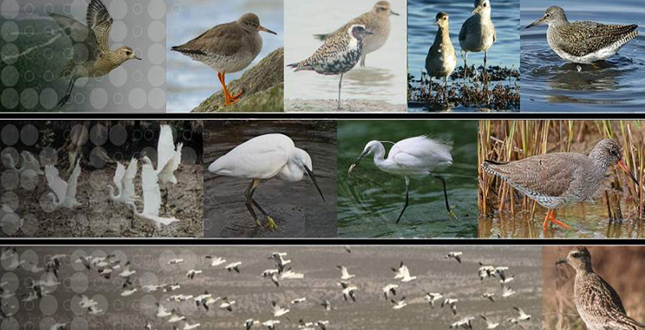 Close Me!
Close Me!The First Strategic Thrust: The Living Wetland. Addresses the well-being of the wetland and its wildlife.
Download Hi-Res ImagePhoto 9 of 15
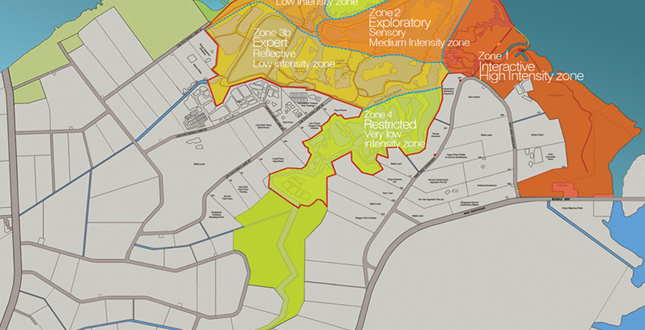 Close Me!
Close Me!The Second Strategic Thrust: Bio-Learning. This strategy aims to grow visitors through a progressive gain in appreciation of the wetlands from the beginner to the expert level. As part of strategy, Sungei Buloh Wetland Reserve will be zoned into four activity zones.
Download Hi-Res ImagePhoto 10 of 15
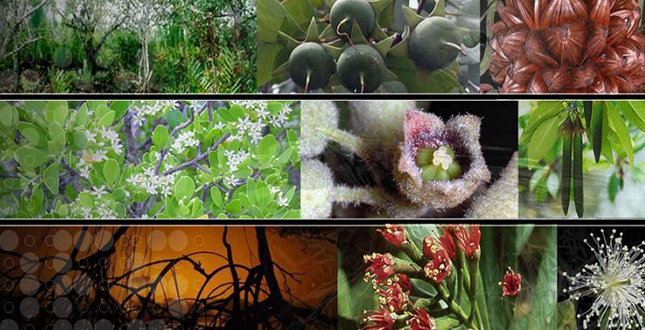 Close Me!
Close Me!The Second Strategic Thrust: The Bio-Learning. Focus on learning about mangrove habitat and its biodiversity.
Download Hi-Res ImagePhoto 11 of 15
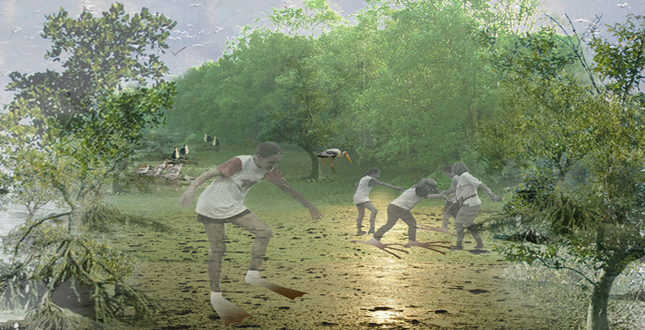 Close Me!
Close Me!The Second Strategic Thrust: Bio-Learning. A mud-play area.
Download Hi-Res ImagePhoto 12 of 15
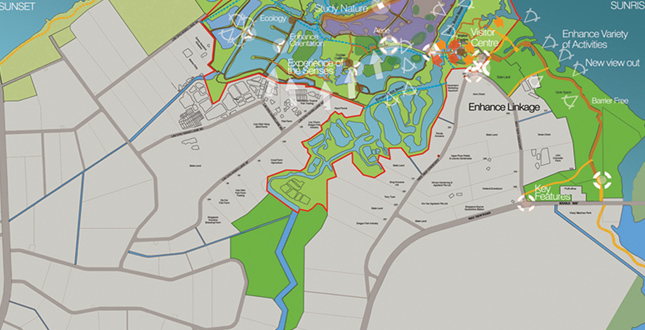 Close Me!
Close Me!The Third Strategic Thrust: The Destination Difference. As part of this strategy, there will be new and improved facilities to make the wetland experience more memorable for visitors.
Download Hi-Res ImagePhoto 13 of 15
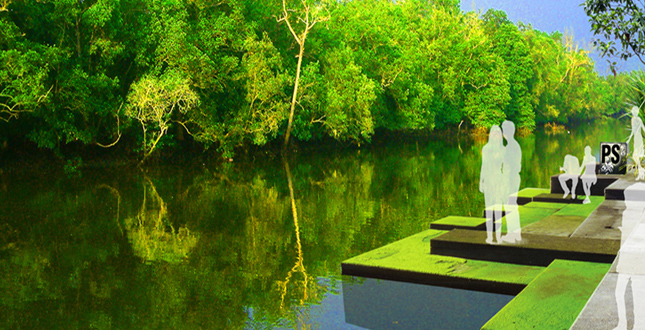 Close Me!
Close Me!The Third Strategic Thrust: The Destination difference. Programme spots and viewing platforms.
Download Hi-Res ImagePhoto 14 of 15
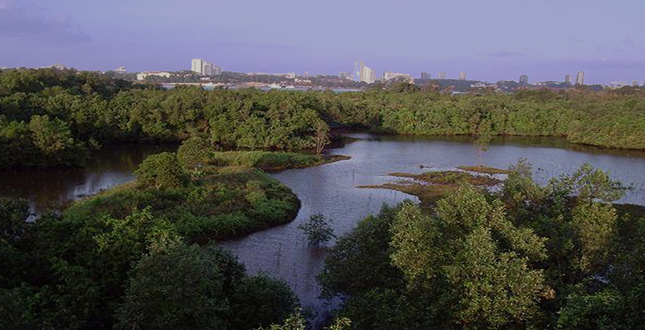 Close Me!
Close Me!Aerial View. Mangrove Reserve
Download Hi-Res ImagePhoto 15 of 15
Project Statement
Sungei Buloh's vision is to be a premier wetland hub and nature learning center serving Singapore and the region. It aims to export a unique Singaporean product, and to draw upon the experience of international partners to enrich our local communities.
The master plan is a seminal project aiming to move the wetland reserve from a nature park to that of a regional education and research facility, while retaining the iconic rustic charm.
Project Narrative
—2010 Professional Awards Jury
Since the ground's opening in 1993, Sungei Buloh has won the hearts of Singaporeans and grown in stature as a wetland of international standing. As Sungei Buloh's role grows, the Sungei Buloh Wetland Reserve Master Plan aims to move Sungei Buloh forward to meet the opportunities and challenges ahead, while retaining the iconic native wildlife and rustic charm.
Singapore ranked sixth out of 94 countries for the richest number of mangrove species globally. This, as well as the recognition of Sungei Buloh as part of an international network for migratory shorebird conservation and an Associatino of Southeast Asian Nations Heritage Park, is both an honor and a responsibility.
In June 2002, Sungei Buloh Wetland Reserve was successfully nominated by the Singapore government to be recognized as a site of international importance for migratory shorebird conservation, under the East Asian-Australasian Shorebird Site Network (now known as the East Asian-Australasian Flyway Partnership). The following year, in December 2003, Sungei Buloh Wetland Reserve was successfully nominated by the Singapore government to be an ASEAN Heritage Park and for the mangroves to be conserved as a good representation of an important natural heritage of the ASEAN region.
Locally, Sungei Buloh Wetland Reserve is Singapore's only gazetted nature reserve protected for its mangroves, one of the fastest disappearing forests in the world. SBWR represents the balance between conserving our natural environment and blatant development for economic pursuits.
At home, SBWR is only one of 19 regional parks and five special interest parks in Singapore, which serve Singapore's population. Even though Sungei Buloh is one of four nature reserves in Singapore, it is the only one that has the potential to be a forefront biodiverse wetland exhibit.
Site Analysis
Location Hydrology
SBWR is low-lying and acts as a sump to the surrounding areas. SBWR has primarily brackish water ponds, brackish riverine estuaries and brackish intertidal mudflats, whereby Kranji Nature Trail has primarily coastal seawater. The water level at the shore and the riverine estuaries is fluctuating two times a day with low tide and high tide.
SBWR is a special site, despite being only 130 hectares in land area, we can find the three different categories of water: seawater, brackish water and fresh water.
Geology and Soil Conditions
The geology of SBWR is typical of the coastal areas of Singapore comprising of a superficial layer of recent alluvium. Soil investigation of holes drilled to depths of about 25 meters in 1991 and 1999 revealed the presence of soft clay with decayed vegetation. Higher proportions of hard clayey silts with sand were noted at the lower levels.
Ecology
SBWR is a predominantly tropical coastal mangrove wetland of 130 hectares consisting primarily of brackish water ponds, riverine estuaries, intertidal mudflats, mature mangroves and fringing mangroves. The wetland is a coastal wetland with natural and man-made wetlands as well as natural mangrove-lined river estuaries.
The wetland is gazetted as a nature reserve and contains remnants of the original forest. The mangroves are ecologically complete, patches of which are pristine. They represent the largest complete block of mangroves on the main island of Singapore.
Fauna
The main attraction of SBWR is its birds. More than 212 local and migratory bird species have been recorded in SBWR, which are more than 60 percent of Singapore's bird species, and some of them are nationally and internationally endangered.
In particular, SBWR is an important roosting and feeding area for migratory shorebirds in Singapore between August and April. The smooth otter is regularly sighted, as is the palm civet. Long-tonged nectar bats and cave fruit bats are common and feed on the nectar of the flowers from Sonneratia in the wetland.
Master Plan Proposal
Under the master plan proposal, feedback was collated from volunteers and stakeholders and considered in the proposed planning. To guide the detail development of the SBWR master plan an external workgroup has been formed in September 2008 comprising of National University of Singapore (NUS), National Technology University (NTU), Nature Society of Singapore (NSS), Singapore Environmental Council (SEC) and government bodies such as Public Utilities Board (PUB) and Ministry of Education (MOE) as well as Sungei Buloh volunteers.
The goals of the master plan therefore are identified to be two-fold:
- To promote healthier wetland habitats for SBWR, KNT and Lim Chu Kang mangroves by linking pockets of biodiversity into a biodiversity corridor; and by minimising to an acceptable level, any negative impacts to wildlife and their habitats.
- To promote a recreational corridor for the Singapore public linking Kranji Reservoir to Kranji Nature Trail to SBWR and to a lesser extent, Lim Chu Kang mangroves; in the case of STB's ecotourism plans, to at least maintain public access to Kranji Nature Trail and Sungei Buloh Wetland Reserve from existing public access points.
Not only does the site link people through a diverse range of habitats, it also acts as a biodiversity corridor for both flora and fauna.
The master plan guides the cooperation and partnership activities between Sungei Buloh and her local and regional partners under three strategic thrusts:
- Living Wetlands
- Bio-Learning
- Destination Difference
Living Wetlands
The living wetland thrust will be achieved through linking up pockets of nature around SBWR to form a biodiversity corridor for mangrove and wildlife conservation. It will be sustainable, as the core of the nature reserve will be better managed for its biodiversity values, while the fringes of the reserve will be managed for enhanced recreational use.
In addition, there is a sensitive zoning plan for human activity areas within the wetland reserve to prevent potential negative impact of human traffic as well as protecting the research and scientific values of the areas concerned.
Bio-Learning
This strategy aims to grow visitors through a progressive gain in appreciation of the wetlands from the beginner to the expert level, from a local to international perspective, as they make repeat visits to Sungei Buloh. As part of this strategy, Sungei Buloh Wetland Reserve will be designed along four kinds of activity levels:
- Zone 1 (Interactive / High Activity Zone)—This area at Kranji Nature Trail and the Visitor Centre provides visitors with an interactive first-hand encounter with mangrove and coastal habitats. It is meant to target visitors in groups.
- Zone 2 (Medium Activity Zone)—Located at the coastal front of the Sungei Buloh Wetland Reserve, visitors to this zone will have a more exploratory and sensory experience.
- Zone 3 (Low Activity Zone)—This is a low intensity zone, with minimal interventions to conserve its natural environment and serenity.
- Zone 4 (Very Low Activity Zone)—It is a restricted zone, retaining the core of the wetland reserve for conservation and research purposes.
Destination Difference
Sungei Buloh will anchor herself as a destination with a difference that will contribute in making Singapore an endearing home and a distinctive global city.
The Destination Difference thrust is guided by the following principles:
- To steer towards financial sustainability by leveraging on value-added services and products (charged services, products) and increasing community involvement and ownership (e.g. volunteerism, sponsorships) in SBWR, thereby reducing dependency on government funding for additional recurrent expenses.
- To enhance a place for human-nature and human-human bonding.
As part of this strategy, there will be new and improved facilities to make the wetland experience more memorable for visitors. Some proposals that are under consideration include:
- Upgrading the Visitor Center to incorporate a new lookout tower
- Enhancing the learning experience through an improved workroom, theatrette and library
- Guest accommodation for students and researchers to conduct scientific studies in the reserve.
Future Activities
After the eventual completion in Q1 2013, the Sungei Buloh team will continue to monitor the impact of the ecological measures as well as other strategies implanted under the master plan to ensure a healthy and sustainable wetland. It will involve bird counts, mangrove monitoring and regular verification of the ecological measures along the shorelines and river edges.
Project Resources
National Parks Board
Damian Tang, International ASLA
Nature Society Singapore
Nayang Technological University
National University of Singapore
Public Utilities Board (Singapore's national water agency)
National Institute of Singapore / Nayang
Technological University
Singapore Environment Council
Ministry of Education
Sungei Buloh Wetland Reserve Volunteers
Simplygreen, Sungei Buloh Wetland Reserve Volunteer
Sungei Buloh Wetland Reserve Management team
Sungei Buloh Wetland Reserve Working Group






